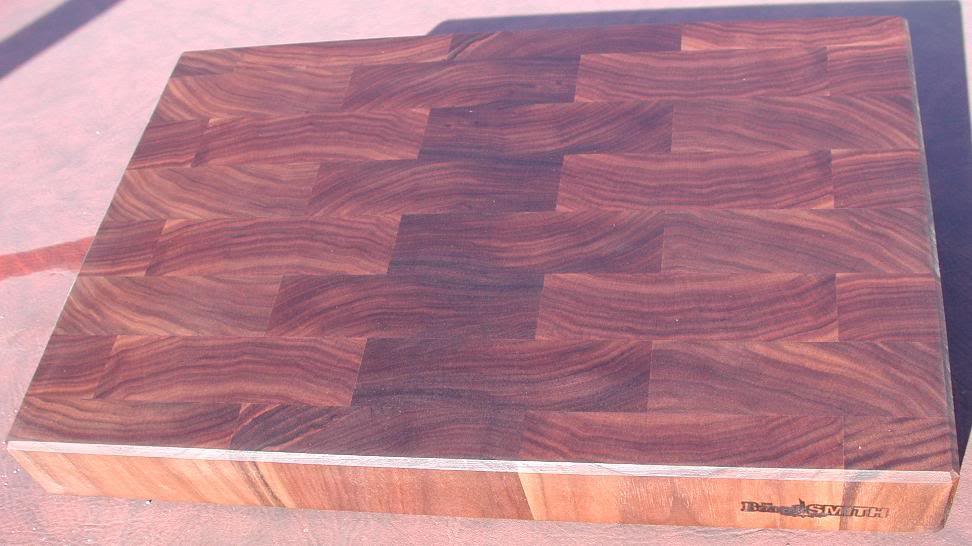Callisto in NC
Washing Up
Okay, so my SIL is a Pampered Chef sales person and for my birthday and to help her out to get started in her new state, I'm ordering a bunch of stuff from her. They sell bamboo and plastic cutting boards. The plastic is great for meat, that I know because you can bleach it. But what I don't know is, is bamboo good for your knives. I'm spending a bunch of money on knives, I don't want to ruin them if bamboo is bad for them. And what about plastic? Is it okay for knives or does it dull them? Need to know before I proceed.



